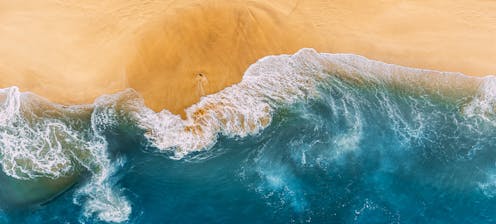Set in a 19th century Australian leper colony, Eleanor Limprecht's The Coast depicts past cruelties, but has powerful things to say about the present
- Written by Suzie Gibson, Senior Lecturer in English Literature, Charles Sturt University

Eleanor Limprecht’s new historical novel The Coast[1] recreates a lost world that was once damned to obscurity. Set in a formerly remote coastal area known as Little Bay, just outside of Sydney, her book imagines a series of characters forced into quarantine after being diagnosed with leprosy.
Review: The Coast – Eleanor Limprecht (Allen & Unwin).

















